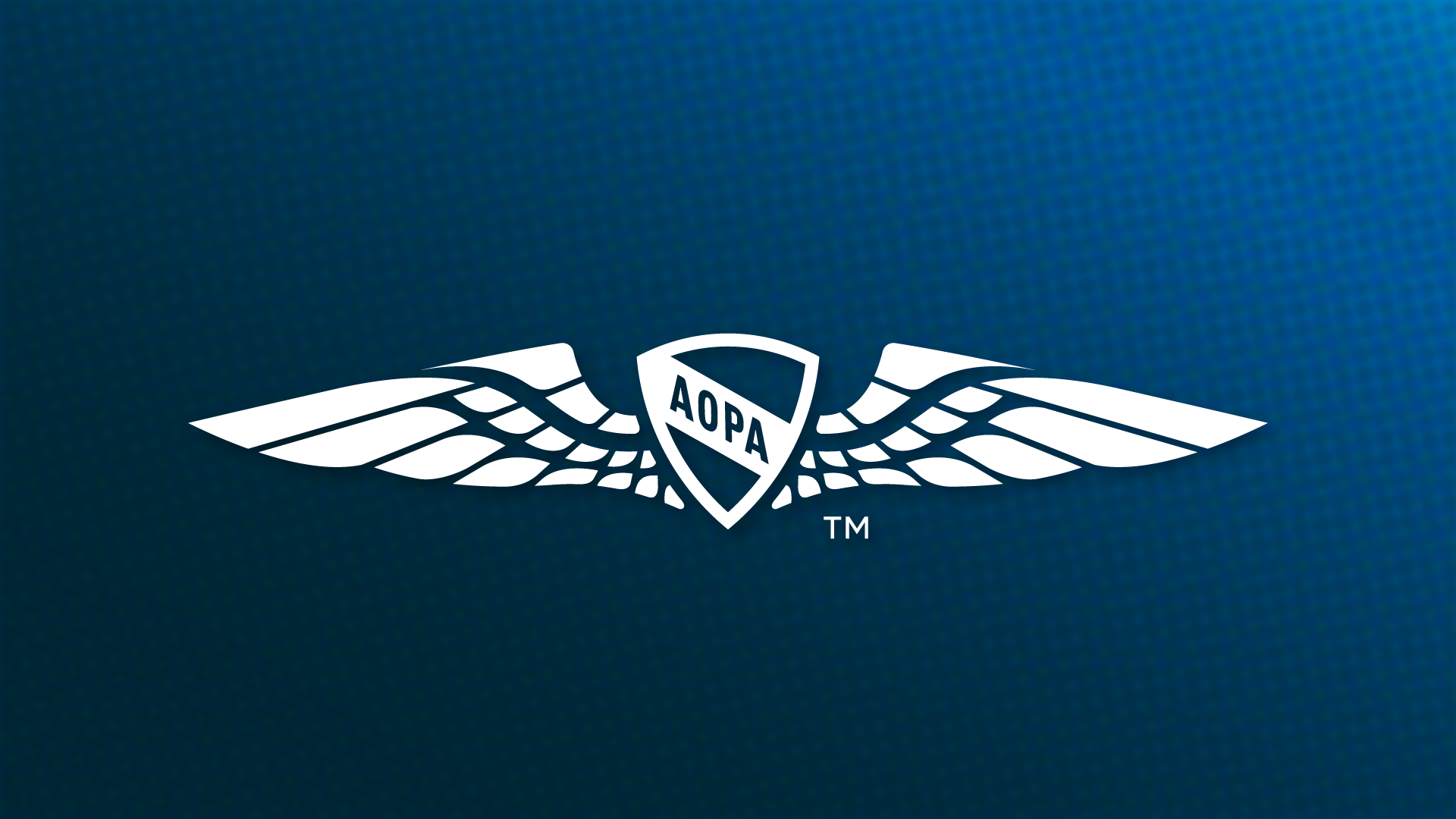A stroke of fate
Requiring a "satisfactory medical explanation of the cause"
FAR 61.53 governs all piloting operations and requires that we medically self-assess that we are fit and safe to fly. There are 11 specific medical conditions, taken directly from the Part 67 medical standards, that require a one-time special issuance before you can start or continue with BasicMed. One of those is a “transient loss of control of nervous system function(s) without satisfactory medical explanation of the cause.”
Cerebrovascular disease, common to heart disease, or atherosclerosis, is the result in a buildup of arterial plaque in the arterial blood supply. These nasty fatty deposits are made up of a collection of byproducts that congregate in our circulatory system, including connective tissue; collagen; and cholesterol esters, lipid molecules formed by cholesterol and fatty acids or phospholipids. The cast of characters in the makeup of plaque is complex, but when they get together, the result is a dam that obstructs the free flow of blood to the brain via the internal and external carotid arteries in the neck, which are the main thoroughfares of blood from the heart to the brain.
If not diagnosed and treated early, the result often is a full-blown stroke or a lesser but still serious transient ischemic attack, or TIA. This diagnosis is disqualifying for medical certification purposes, and requires an observation and recovery period of up to 24 months. However, under BasicMed, the recovery time may be less, depending on a key factor: Is the transient loss of control of nervous system function established to have a satisfactory medical explanation of the cause?
In most cases, a stroke or TIA that is documented as the underlying cause of the cerebrovascular incident and is considered the satisfactory explanation of the cause. With the diagnosis, based on signs and symptoms, diagnostic imaging, treatment, and improvement after the event, hopefully a full recovery will result. Regardless, the waiting time penalty is still in place before the FAA can evaluate for special issuance consideration. The two years time gives the FAA a pressure relief valve to see how the patient does in recovery during that time. If there was any apparent cognitive deficit resulting from the event, the recovery time gives the brain time to regain cognitive function, and post-event cognitive function testing could be part of the required evaluation for recertification for special issuance.
So, if the satisfactory explanation of the cause is clearly identified and mitigated, and the pilot can safely perform the duties under FAR 61.53, privileges can be resumed after the event without first having to be granted a special issuance medical under FAR Part 67.

 aopa.org/pps
aopa.org/pps 

